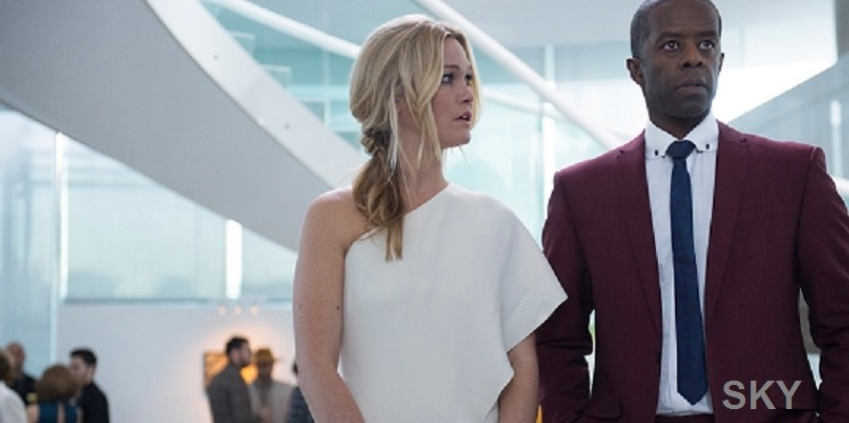Implicit or unconscious bias is when our brains make incredibly quick judgments and assessments of people and situations without us realising. Our biases are influenced by a range of different things, including our background, cultural environment and personal experiences. We may not even be aware of these views and opinions, or their full impact and implications.
Research shows that unconscious bias can heavily influence recruitment and selection decisions, which is why we need to be aware and implement strategies to tackle unconscious bias. On this page we outline some practical steps that you can take to do just that.
“Exposed to images that juxtapose black men and violence, portray women as sex objects, imply that the physically disabled are mentally weak, even the most consciously unbiased person is bound to make biased associations. These associations play out in the workplace just as they do anywhere else.” - Mahzarin Banaji Ph.D, Scientist Project Implicit
Click below to watch the Employers Network for Equality & Inclusion's useful introductory video:
Practical steps to tackle unconscious bias
1. Acknowledge and test your biases
The Implicit Association Tests (IAT) have been developed by Harvard professors to measure automatic/implicit attitudes and stereotypes. To try out the tests, go to the Project Implicit demonstration site. The tests take less than 10 minutes each.
2. Conscious questioning
What we see, what we hear and how we interpret these things are susceptible to extraneous factors of which we are unaware. To get a reliable version of events, we need to practice conscious questioning and if possible seek multiple versions of events.
• question what you see and hear
• get several versions of events
• ensure you take the ‘other’ perspective
3. Free up space in the 5%
We rely on our implicit associations more when we are busy or under pressure. As our jobs often involve stress, it is recommended that we do our best to free up space in the 5% reserved for clear, analytical thought.
• try not to make decisions that affect others while under pressure and without checking your reasons
• take a break
4. Count everything
Data is at the core of enabling you to understand your organisation’s biases. By using robust monitoring processes, for example during a recruitment, promotion or grant making process, you will uncover where your biases lie. Don’t rely on your perception of a ‘fit’. The only way to ensure we are making fair decisions is to measure everything.
| Staff | Customers |
| Who gets employed? | Who are your customers? |
| Who gets promoted? | Who is not using your service? |
| Who gets disciplined? | How satisfied are different groups? |
5. Tackle bias in recruitment
Biases based on demographic variables such as age, gender or race, can affect judgments and impact on the interview itself, and may lead to differential treatment of candidates in terms of positive and negative verbal or non-verbal cues.
In addition, informal recruitment processes increase the likelihood of bias and of recruiting ‘someone like me’.
• anonymise application forms or CVs when longlisting / shortlisting
• use standardised processes to reduce bias
• standardise reference requests
6. Micro messages
Unconscious biases also affect how we communicate with people every day. Micro messages are the small, subtle messages - sometimes subconscious - that are communicated between people without saying a word.
Try and change micro-affirmations as they have a positive effect on individuals.
• acknowledge the things that colleagues have done well
• positively build on suggestions / ideas
• maintain positive body language and eye contact
7. Counter stereotypical images
Consider the messages you received when you were growing up that might have been based on stereotypes. Identify the messages you still get today about those groups. Work out ways of getting more positive messages about those groups of people.
• increase contact with under-represented groups
• seek out diverse perspectives when in decision making
• take part in or set up a mentoring scheme
8. Use positive images
There is evidence that people perform better when they have visible representations of diverse role models in their environment. Consider the representations of people around you in your organisation – can they be improved to show a more diverse range of people?
• check current images to ensure they reflect the diversity of your organisation & community
• count the images that you use – are any particular groups over-represented or under-represented?
• add images that reflect diversity where you can Use wall space, screen savers etc.
9. Check language
The power of language has been acknowledged in equality and diversity training for many decades, and we now know that the language that we use affects our experience of the world. Many languages have a grammatical gender system which can result in having a different feeling about the world. There are now a set of studies that suggest the grammatical genders assigned to an object, influence our mental representations of those objects.
Unconscious Bias Training
If you would like to arrange unconscious bias training for yourself or your company, there are experts who can help you.

Femi Otitoju - Training Director, Challenge Consultancy Ltd
Femi Otitoju is a diversity and inclusion specialist with a career spanning over 30 years. She has designed and delivered large scale unconscious Bias training projects for the BBC, has also worked with ITN’s Executive Board, Equity and BAFTA.
training@challcon.com
www.challcon.com
Tel: 020 7272 3400
Address: First Floor, 83-89 Western Road, London N22 6US

MIX Diversity Developers
MIX is a niche consultancy specializing in diversity and inclusion and unconscious bias training. They also provide strategy development, keynote speakers and media commentators on diversity and inclusion.


